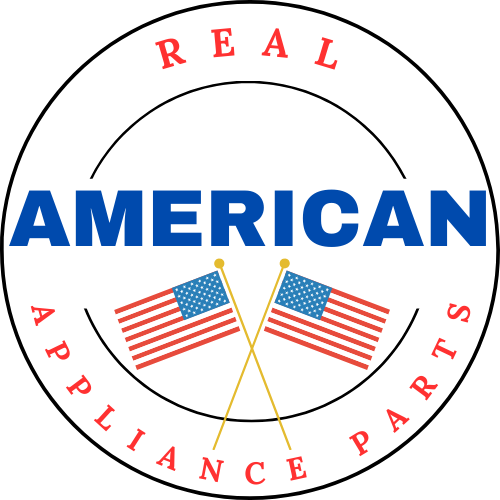Preparing for the Seasonal Shift from Cold to Hot
For appliance repair companies, the transition from cold to hot weather brings shifts in customer needs, service demand, and operational adjustments. Proper preparation ensures efficiency, maximized opportunities, and continued customer satisfaction. Below are key strategies to navigate this seasonal change.
1. Adjust Scheduling and Service Offerings
The demand for different appliance repairs will shift with the changing temperatures:
- Increase HVAC and Refrigeration Services: Expect higher requests for air conditioner and refrigerator maintenance as temperatures rise.
- Promote Seasonal Tune-Ups: Offer maintenance packages for cooling appliances to ensure they function efficiently during peak heat.
- Update Appointment Scheduling: Anticipate increased service calls and adjust technician availability accordingly.
2. Maintain Equipment and Inventory
Ensure your tools and parts are ready for the seasonal demand:
- Stock Up on Cooling Appliance Parts: Keep essential components for air conditioners, refrigerators, and freezers well-stocked.
- Service and Calibrate Equipment: Ensure diagnostic tools, gauges, and vehicles are in optimal condition.
- Prepare for Emergency Calls: Rising temperatures may lead to urgent repair requests—be ready with necessary supplies and on-call technicians.
3. Enhance Customer Outreach and Marketing
Leverage the season change to engage customers and attract new business:
- Educate Customers on Maintenance: Share tips on preventing cooling appliance failures and improving efficiency.
- Run Seasonal Promotions: Offer discounts on air conditioning check-ups and early summer repairs.
- Update Online Presence: Refresh your website and social media with summer-related content and promotions.
4. Strengthen Technician Training and Efficiency
Ensure your team is prepared for the shift in service types:
- Provide HVAC Training: Train technicians on common air conditioning and refrigeration repairs.
- Improve Time Management: Implement strategies to maximize daily service calls and reduce delays.
- Optimize Route Planning: Adjust travel schedules to accommodate higher demand areas efficiently.
5. Evaluate and Improve Business Operations
Make internal adjustments to improve workflow and profitability:
- Assess Pricing Strategies: Consider seasonal pricing models for high-demand services.
- Upgrade Customer Management Systems: Use automation tools for scheduling and follow-ups to handle increased service requests.
- Develop Contingency Plans: Prepare for extreme heat conditions that may impact staff and equipment performance.
Conclusion
The transition from cold to hot weather presents an opportunity for appliance repair companies to optimize services, boost revenue, and enhance customer satisfaction. By adjusting scheduling, maintaining equipment, refining marketing efforts, training technicians, and improving business operations, companies can efficiently navigate seasonal shifts and maximize growth.
